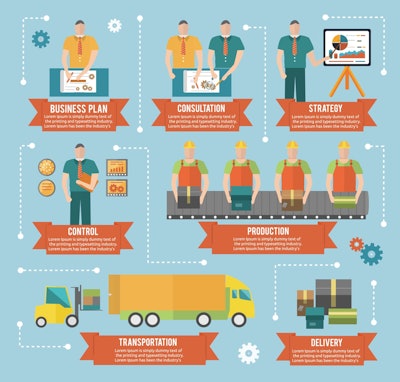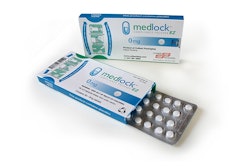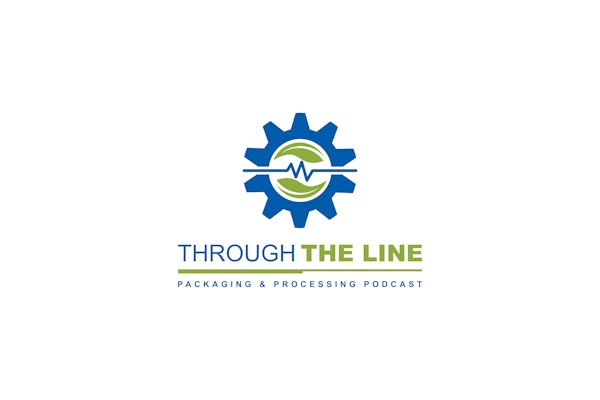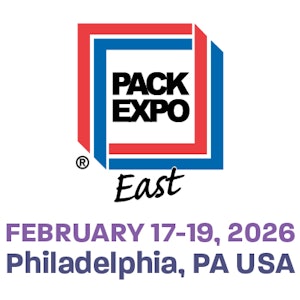Philip R Lyman, Dir. Simulation, and David Burgos, Lead Packaging Engineer CRB Consulting Engineers, Inc., presented this Pharma EXPO discussion of the advantages of packaging line simulation. The two described alternate scenarios for planning new packaging lines or updating existing lines: traditional approach vs using simulation software. For new packaging lines, the goal is cost avoidance; for existing packaging lines, the aim is cost reduction.
Traditional lines
According to the presentation, considerations for a traditional packaging line approach might include the following:
• Annual product forecast
• Assessment of current operation for available run time
• Estimate of required line speeds to achieve forecast
• Specification of appropriate equipment
• Design of space for equipment, operation, process, and components.
Limitations to this traditional approach include: a limited ability for an organization to consider all possible product mix scenarios; difficulty in visualizing a production environment to assess personnel requirements and material movements; difficulty in predicting bottlenecks, assessing scheduling impacts, and estimating the required space for work-in-process and inventory.
Why use process simulation? First, some definitions:
Process modeling: A computer representation of a real-world process.
Simulation: Using a model to reproduce the past (for model validation purposes) or to predict the future.
Here are the benefits:
• It’s easier and more cost effective to manipulate a computer model compared to the real world
• Simulation offers the ability to evaluate multiple “what if” scenarios
• Simulation enables managers to understand the impact of variability
• Simulation captures the uncertainty and randomness of the process
• Simulation enables managers to analyze interaction with a systemic view
For a new facility, simulation can help establish the appropriate size and number of machines, it can help in evaluating the layout/staging space/traffic patterns, in determining the location of bottlenecks, in evaluating proposed design changes, and in creating scheduling rules.
For an existing facility, simulation helps managers improve scheduling, identify/remove bottlenecks, manage intermediate inventory and staging spaces, and test out efficiency improvements. These can include value-added vs non-value-added activities, staffing and cross-training, minimization of water use, and understanding the impact of variability.
Best practices
The presenters offered some best practices when it comes to implementing simulation:
• All involved in the project should agree on objectives
• Make simulation as simple as possible, but no simpler
• Validation should be conducted using historical data if possible
• Dollarize the results--speak management's language
This last best practice is intended to help managers make a more effective case for capital spending, using simulation to present metrics. Management buy-in will be more likely if the results of a simulation are presented in terms of potential savings.
Assumptions, input data, and a typical model configuration process were described using two pharmaceutical case studies, including an Oral Solid Dosage (OSD) manufacturing renovation project. Significantly, in this era of outsourcing, the simulations enabled managers to study the effects of possibly bringing outsourced products back into the home facility.























